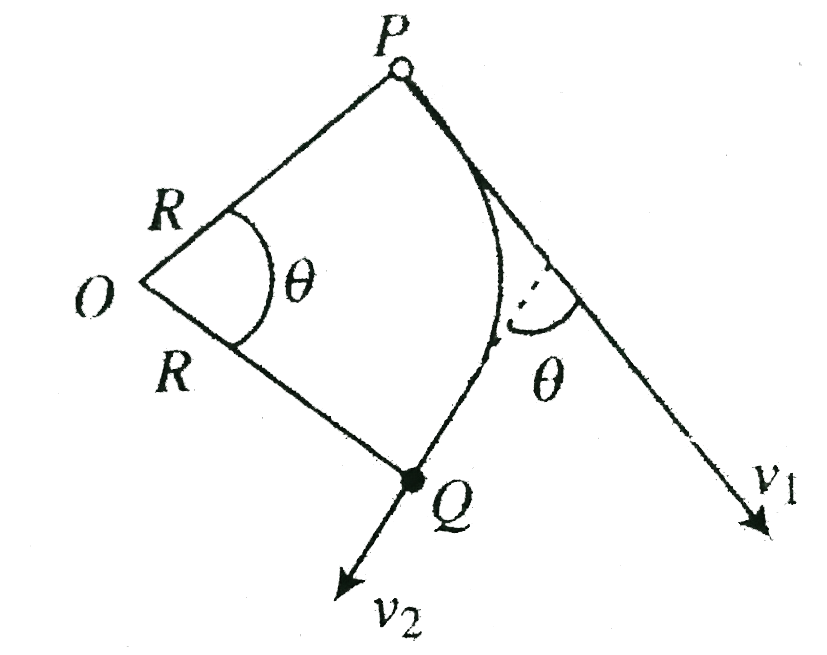During a accelerated motion of a particle
average velocity of the particle is always less than its final velocity
average velociyt of the particle is always greater than its final velocity
average velocity of the particle may be zero also
average velocity of the particle is half its final velocity
The correct Answer is:C
Step by step video, text & image solution for During a accelerated motion of a particle by Physics experts to help you in doubts & scoring excellent marks in Class 11 exams.
Topper's Solved these Questions
- BOOK - DC PANDEYCHAPTER - KINEMATICS 1EXERCISE - MCQ_TYPE27videos
KINEMATICS 1
- BOOK - DC PANDEYCHAPTER - KINEMATICS 1EXERCISE - COMPREHENSION_TYPE19videos
KINEMATICS 1
- BOOK - DC PANDEYCHAPTER - KINEMATICSEXERCISE - INTEGER_TYPE11videos
KINEMATICS
- BOOK - DC PANDEYCHAPTER - LAWS OF MOTIONEXERCISE - Medical entrances gallery39videos
LAWS OF MOTION
Similar Questions
Knowledge Check
- Question 1 - Select One
STATEMENT -1 : In non - uniform circular motion acceleration of a particles is along the tangent of the circle .
STATEMENT -2 : In uniform circular motion acceleration of a particle is zero .
STATEMENT -3 : In no - uniform circular motion acceleration of a particle is towards the centre of the circle.ATT TBT T FCF F FDF T T - Question 2 - Select One
During uniform circular motion of a particle
Adistance-time graph is a straight lineBdistance-time graph is a parabolaCdisplacement-time graph is a straight lineDdisplacement-time graph is a parabola - Question 3 - Select One
The phase difference between displacement and acceleration of a particle in a simple harmonic motion is:
A3π2 radBπ2 radCZeroDπ rad
What is the angle between linear acceleration and angular acceleration of a particle in nonuniform circular motion?
View SolutionA particle describes an angle θ in a circular path with a constant speed v. Find the a charge in the velocity of the particle and b average acceleration of the particle during the motion in the curve (circle).
 . View Solution
. View SolutionThe phase difference between the displacement and acceleration of a particle executing simple harmonic motion is
View SolutionIn a non uniform circular motion, the acceleration on the particle is
View SolutionAssertion : Acceleration of the particle in uniform circular motion remain constant.
Reason : Velocity of the particle doesn’t change in circular motion.View Solution

